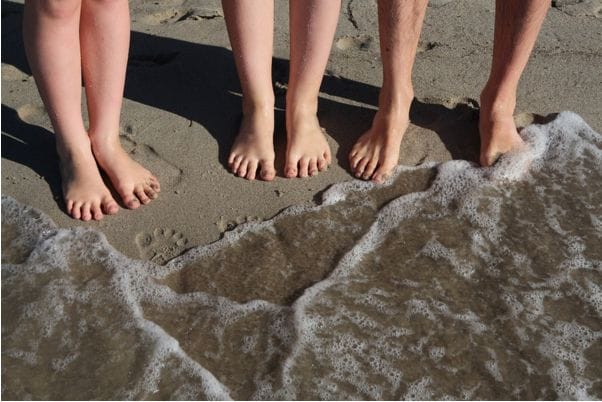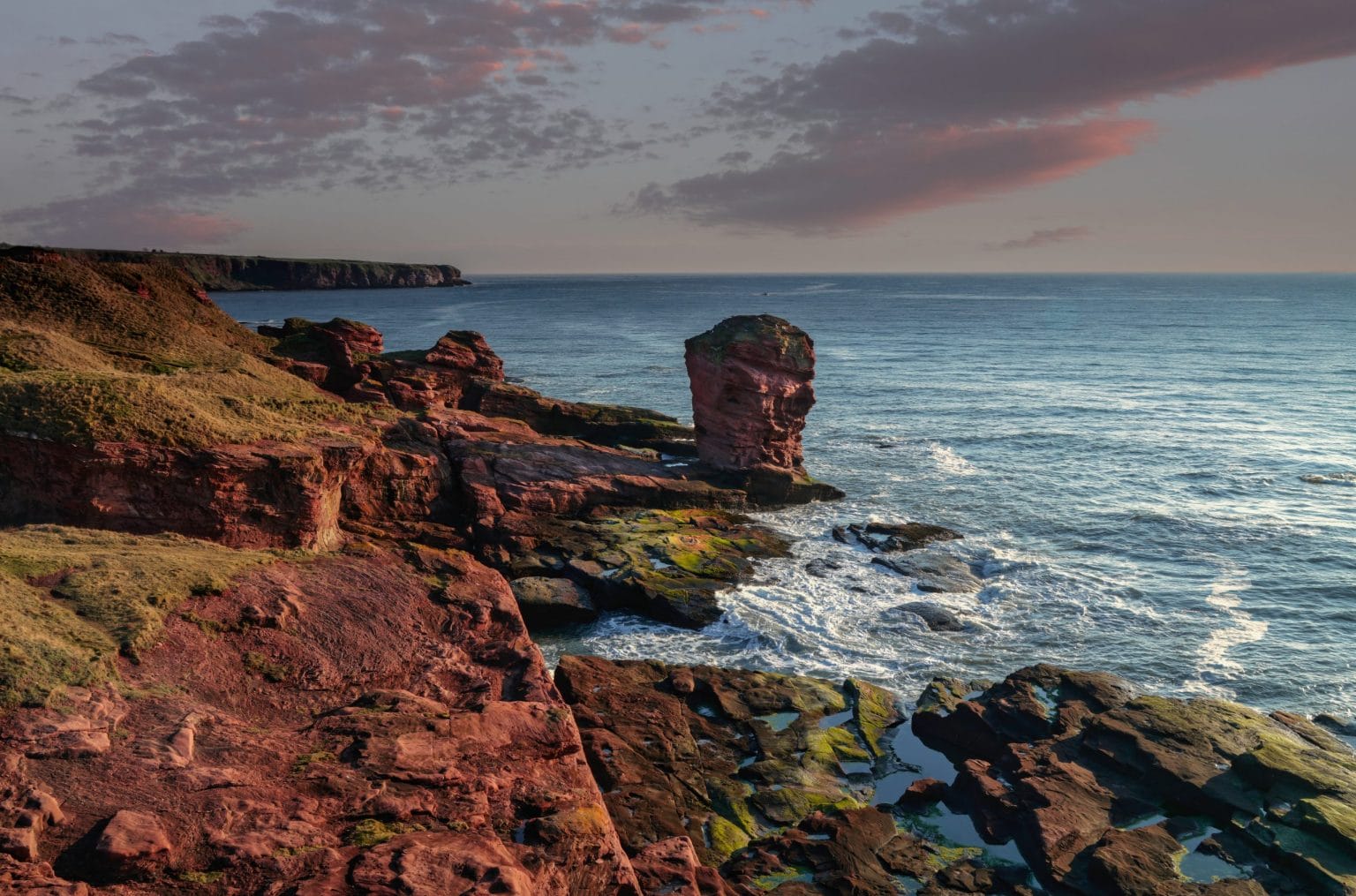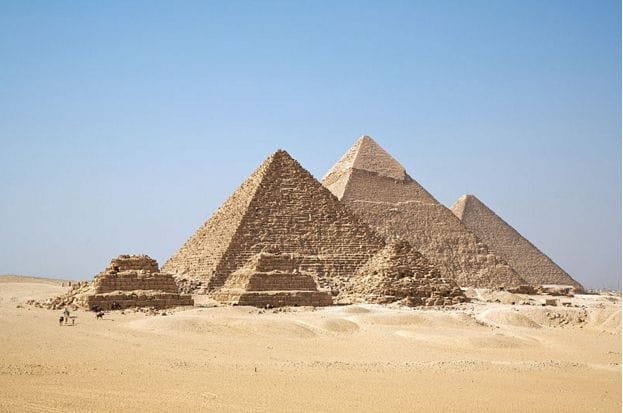Here, we embark on a virtual journey to some of the most awe-inspiring and remote landscapes on the planet, where the land dramatically meets the sea.
Each delves into the unique history, geology, flora, and fauna of these natural wonders, weaving together tales of ancient folklore, daring adventures, and the serene beauty of Scotland’s wild spaces.
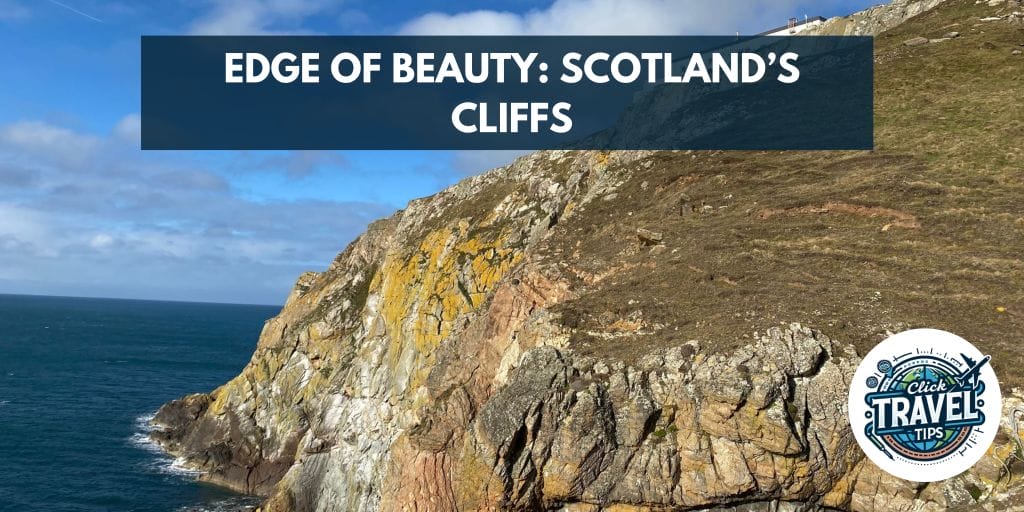
Nature can be impressive, and the following Scottish Cliffs don’t disappoint.
Let’s explore the best of Scotland’s Cliffs.
Landscapes of Scotland

Scotland has been part of the United Kingdom since the eighteenth century, but retains a proud and distinguished culture. Scottish culture and heritage is intertwined with the wild, untamed and dramatic landscapes that make up the mainland and Isles. Scotland boasts mountain ranges, thousands of tranquil lochs surrounded by rolling hills, and over six thousand miles of coastline on the mainland alone. Outside of a handful of cities and suburban areas, most of Scotland is rural, remote and rugged.
Cliff Stacks
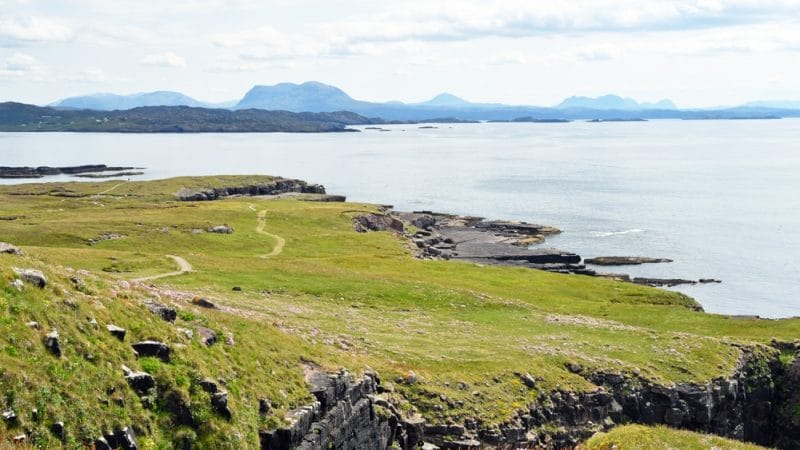
Scotland’s unique position surrounded by the North Sea and Atlantic Ocean has carved some impressive cliffs around the coast including towering cliff stacks. Cliff stacks erupt from the sea as towering structures of rock, coastal erosion and currents having separated entire sections of the cliff from the mainland. At the most northern point of the mainland Scotland are the Dunscanby Stacks, where three towering pyramids of sandstone act as monuments to the ever changing coastal landscape and cliffs of Scotland.
The north west coast of Scotland has a number of cliff stacks, with some of the standing towers having names. The Old Man of Hoy is a sea stack of red sandstone. Part of the Orkney Islands, the sea stack cuts a lonely figure separated from the mainland. Sea stacks give all visitors an awe-inspiring sense of ancientness. The scale of time involved for the creation of these immense structures being hundreds of thousands of years, leading to most named sea stacks being ‘The Old Man’ of their locality.
Must visit Cliff Stacks in Scotland
- Old Man of Hoy – Orkney Islands.
- Am Buachaille – Sandwood Bay, Sutherland.
- The Storr (Old Man of Storr) – Isle of Skye.
- The Needle – Quiraing, Isle of Skye.
- The Old Man of Stoer – Stoer, Sutherland.
Cliff Top Blow Holes
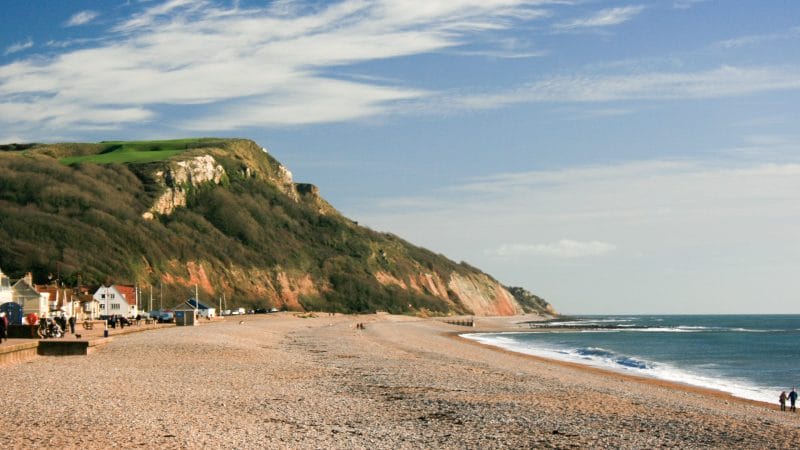
When the ceiling in a cliff side cave collapses, this can create an inlet where sea spray enters the cave and erupts from the hole in the cliff top. Like a whale’s blowhole and giving the feature it’s name, the cliff top blowholes offer a great spectacle formed from land and sea. Seaton cliffs at Arbroath, and cliffs on the Island of Stroma in the Pentland Firth both have impressive blow holes that attract many visitors each year for the geological show.
Must visit Top Blow Hole Cliffs in Scotland
- Fingal’s Cave – Isle of Staffa
- Smoo Cave – Durness, Sutherland
- Blowhole with the Dungeon – Isle of Mull
- Crovie – Banffshire
- MacKinnon’s Cave – Isle of Mull
Cliff Top Waterfalls
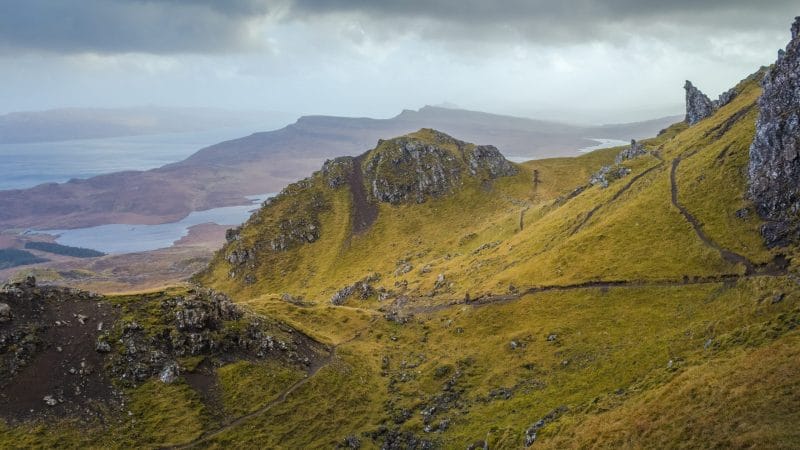
Scotland’s landscapes are shaped by water, from the vast inland lochs, the winding coastline and hundreds of islands. There is little in nature more scenic than a waterfall. Mealt falls on the Isle of Skye combines the vistas of the cliff tops, the sea views and a spectacular sixty metre waterfall that thunders over the edge of the cliffs. Hallaig, on the Scottish island of Rasaay is a coastal waterfall that can be viewed from the top of the cliff overlooking the ocean, or from the rocky beach at the base of the cliff. This is also a popular spot to view from the sea itself by boat or kayak for a full panoramic effect.
Must visit Cliff Top Waterfalls in Scotland
- Mealt Falls – Isle of Skye
- Eas a’ Chual Aluinn – Sutherland
- Kilt Rock Waterfall – Isle of Skye
- Falls of Glomach – Ross-shire
- Clashnessie Falls – Sutherland
Scottish Cliffs and Wildlife
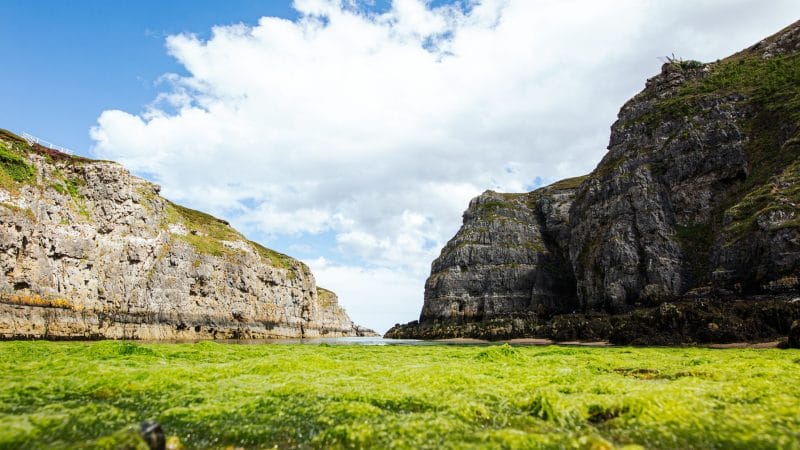
The cliffs of Scotland form an internationally important habitat for sea birds, with over five million birds visiting and nesting amongst the Scottish cliffs each year. Caves and ridges within the cliffs are ideal resting and nesting sites for the sea birds. Puffins, seals and white tailed eagles and peregrine falcon are just a couple of the native species that can be found on the Scottish cliffs. The spring and summer months are a brilliant time to visit the cliffs of Scotland when the nesting sea birds can be seen soaring to and from the waves.
In addition to the sea birds, the cliffs of Scotland offer a brilliant view point to observe the waters below. Depending on the time of year you may be lucky enough to spot grey seals, bottlenose dolphins and basking sharks around the Scottish coast. Killer whales can occasionally be seen in the summer months around the Shetland and Orkney Islands.
Alongside the fauna, the Scottish cliffs have their own unique flora that adds to the overall beauty and uniqueness of the landscape. Coastal cliffs are can be an unforgiving habitat for plants with extreme weather conditions. However, hardy species of plants can be found thriving on the cliff tops. The Scottish Primrose is a rare flower that can only be found on coastal cliff tops in northern Scotland and the Orkney Islands. The bright yellow globe flower and purple alpine thistle add splashes of colour to the austere cliffs.
Must visit Cliffs for Wildlife Viewing in Scotland
- St Kilda – Outer Hebrides
- Hermaness National Nature Reserve – Shetland
- Bass Rock – Firth of Forth
- Troup Head – Aberdeenshire
- Handa Island – Sutherland
Destination Scotland
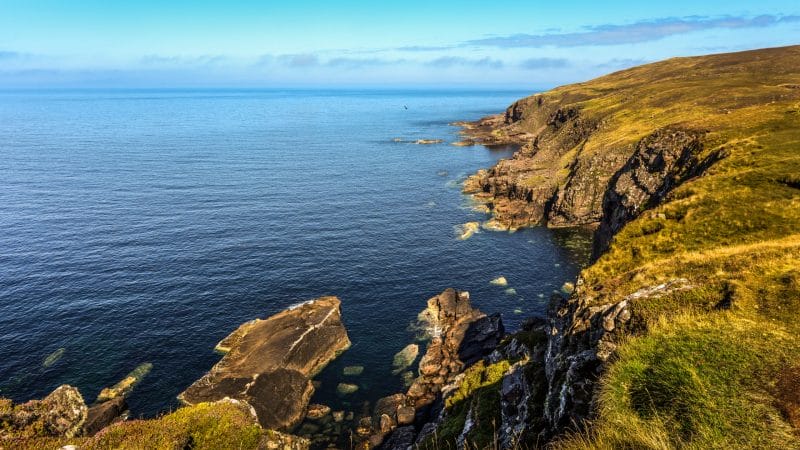
Due to changeable and relatively cool weather conditions, Scotland is often overlooked as a coastal destination despite having some of the most beautiful coastal areas in the world. Along with the spectacular hard rock cliffs, Scotland boasts pristine sandy beaches, sand dunes and pebble beaches. The Scottish cliffs are a picturesque feature of the coastline, showcasing the geological, glacial and oceanic history of Scotland. In true Scottish style, most of the coastal destinations are unspoilt and well conserved as areas of natural beauty.

